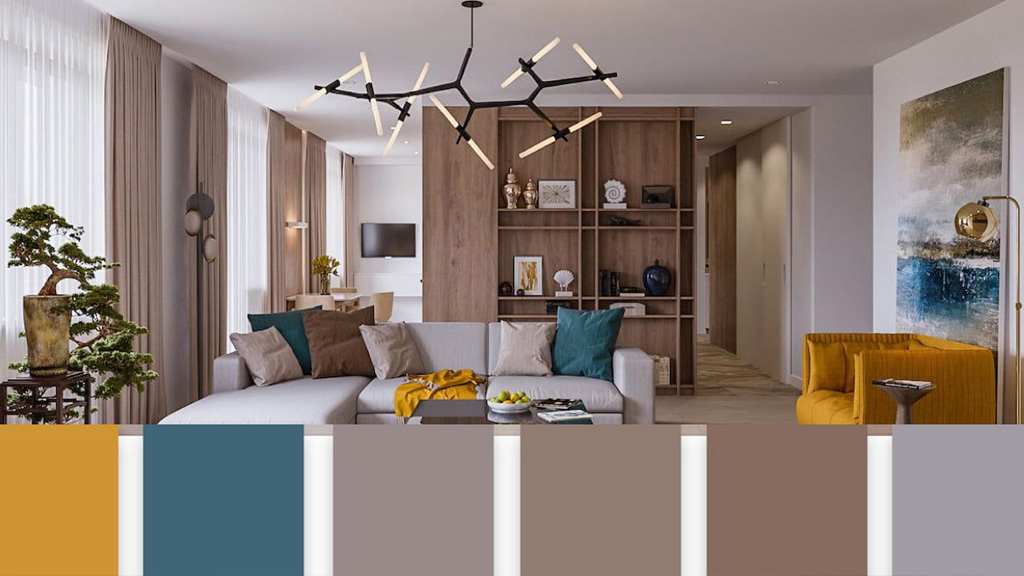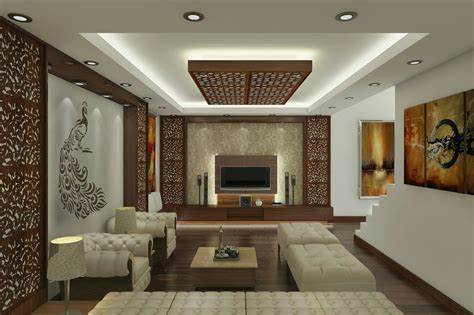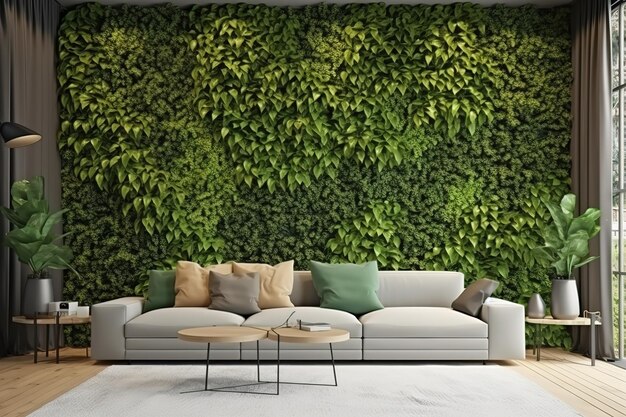MOSAIC FLOORING CONCEPT
Unveiling the Timeless Beauty of Mosaic Flooring
Mosaic flooring is a decorative art form that involves creating intricate patterns or images using small, colourful pieces of materials such as glass, ceramic, or stone. It adds a unique visual appeal to any space, infusing it with character and charm. In interior design, mosaic flooring serves as a focal point, bringing artistic flair and a touch of luxury to floors. Its versatility allows for endless customization options, making it ideal for both traditional and modern design aesthetics. Ultimately, mosaic flooring plays a vital role in enhancing the overall ambiance and style of a room.
Unveiling the Timeless Beauty of Mosaic Flooring
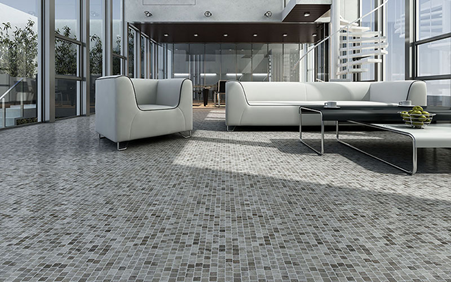
Mosaic flooring is a decorative art form that involves creating intricate patterns or images using small, colourful pieces of materials such as glass, ceramic, or stone. It adds a unique visual appeal to any space, infusing it with character and charm. In interior design, it serves as a focal point, bringing artistic flair and a touch of luxury to floors. Its versatility allows for endless customization options, making it ideal for both traditional and modern design aesthetics. Ultimately, mosaic flooring plays a vital role in enhancing the overall ambiance and style of a room.
History of Mosaic Flooring
– The origins can be traced back to ancient Mesopotamia and Egypt, where it was used to adorn palaces and temples. Over time, mosaic art spread to Greece and Rome, becoming a symbol of wealth and prestige.
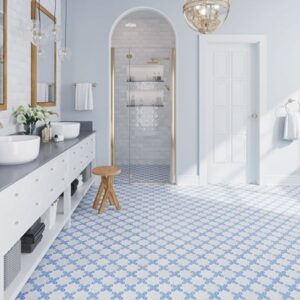
-Mosaic designs carry significant cultural meanings, often reflecting religious beliefs, societal values, and historical events. In various cultures around the world, mosaics have been used to depict stories, myths, and symbols that hold deep cultural significance.
Types of Mosaic Flooring
Mosaic Design encompasses a diverse range of materials, including glass, ceramic, and stone. Glass tiles offer a reflective and luminous quality, while ceramic tiles provide durability and versatility. Stone mosaic tiles, such as marble or travertine, add a natural and elegant touch to floors.
Materials used in Mosaic Flooring
1. Glass: offers a reflective and luminous quality
2. Ceramic: provides durability and versatility
3. Stone: adds a natural and elegant touch
The world of mosaic boasts a plethora of styles and patterns, ranging from classic geometric designs to intricate floral motifs. Popular patterns include herringbone, chevron, arabesque, and basketweave, each offering a unique aesthetic appeal. Whether opting for a contemporary or a timeless pattern, the versatility of styles ensures a perfect fit for every interior space.
Different styles and patterns of Mosaic Flooring
1. Classic geometric designs
2. Intricate floral motifs
3. Popular patterns like herringbone, chevron, arabesque, and basketweave
4.Versatile styles to suit various interior design preferences.
Incorporating Mosaic Flooring in Interior Design

A. Mosaic Flooring in different rooms
This concept can elevate the aesthetic appeal of different rooms within a home, such as the kitchen, bathroom, and entryway. In the kitchen, mosaic tiles can add a pop of color or create a focal point backsplash. In bathrooms, mosaic flooring can bring a spa-like ambiance and enhance the overall luxury of the space. For entryways, mosaic designs make a striking first impression, setting the tone for the rest of the home.
B. Tips for blending Mosaic with existing Decor
- Consider the color scheme and style of the room when choosing mosaic flooring
- Opt for complementary colors and patterns to harmonize with existing decor
- Mix mosaic tiles with other flooring materials for visual interest
- Balance bold mosaic patterns with neutral decor to avoid overwhelming the space
- Use mosaic flooring to create focal points or define specific areas within a room.
Showcase of stunning mosaic flooring designs from around the world
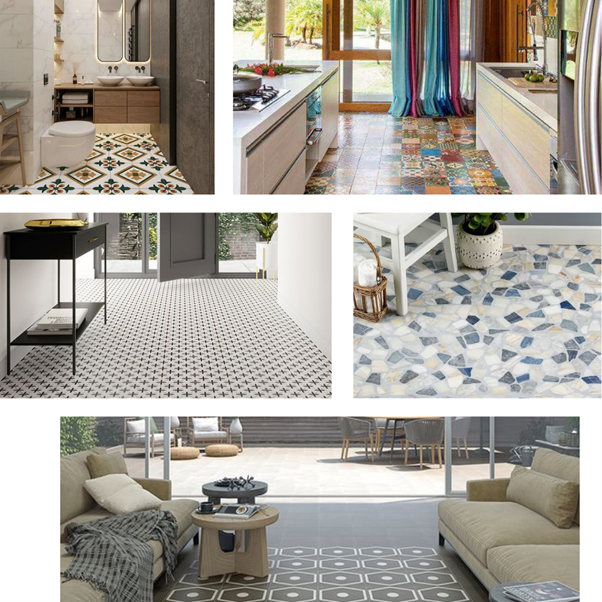
Final thoughts
Mosaic flooring stands the test of time as a timeless choice in interior design due to its enduring beauty and versatility. The intricate patterns and rich textures of mosaic tiles add a touch of elegance and sophistication to any space, transcending trends. Beyond aesthetics, it offers durability and easy maintenance, making it a practical option for high-traffic areas. Its ability to blend seamlessly with a variety of design styles ensures its relevance in both traditional and contemporary settings. Overall, its timeless appeal lies in its ability to elevate the ambiance of a room and leave a lasting impression on all who enter.
FAQ’S
1. Is mosaic flooring suitable for modern interior design?
Yes, it can be seamlessly integrated into modern interior design, adding a touch of artistry and sophistication to contemporary spaces
2. Is it difficult to maintain?
It is relatively easy to maintain and clean, requiring regular sweeping and occasional mopping to keep it looking its best.
3. How can mosaic flooring enhance the resale value of a property?
Installing mosaic flooring can enhance the aesthetic appeal and perceived value of a property, making it more attractive to potential buyers.

